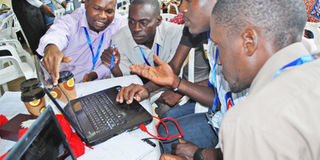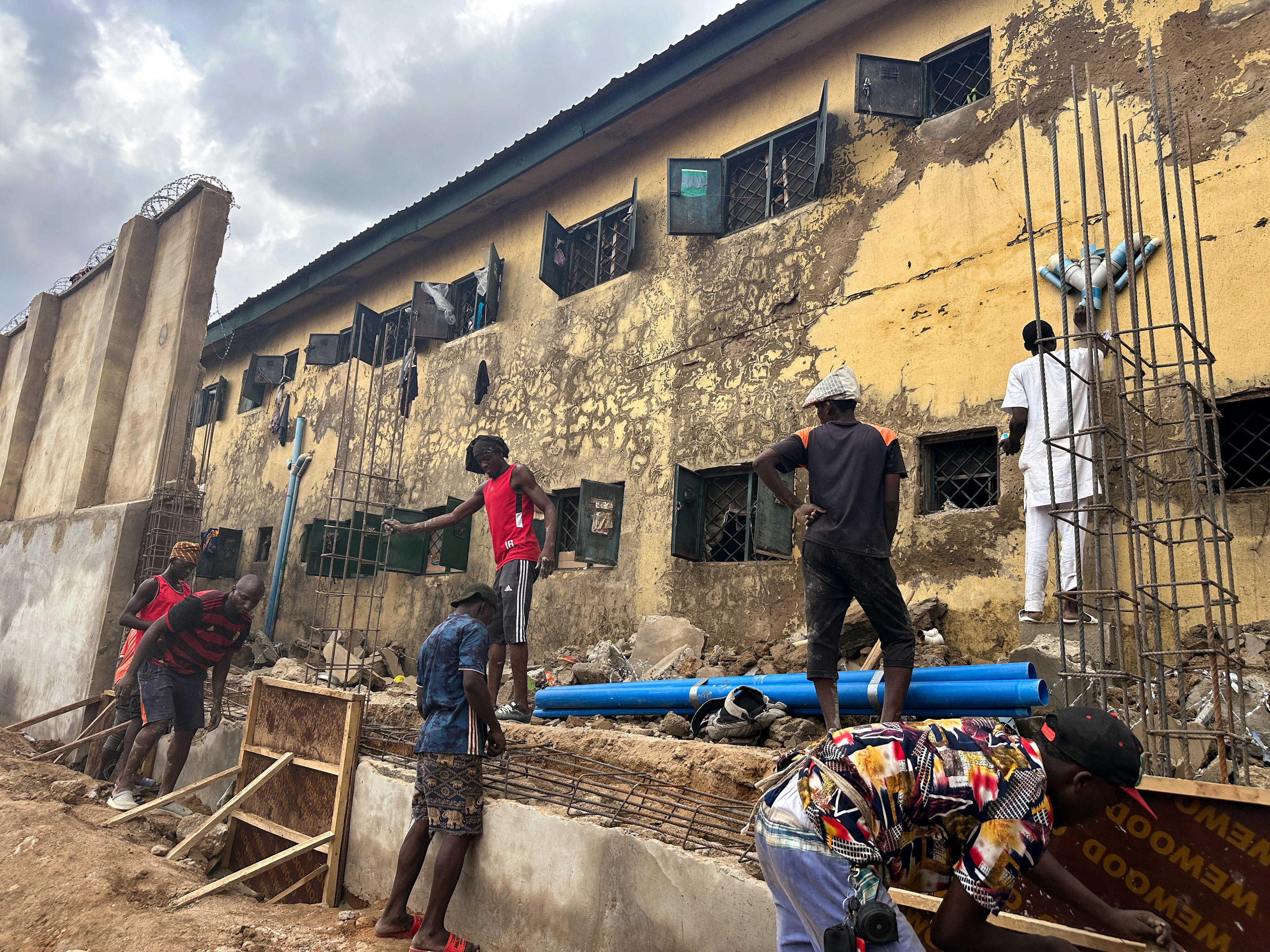Mbarara VC roots for life-saving technology

A group of medical technology scientists work on an innovation during the CAMTech Hack-a-thon conference at MUST on Sunday. PHOTO BY ALFRED TUMUSHABE
What you need to know:
Seeking solutions. A technology conference at MUST brought together a multi-disciplinary group of science professionals and entrepreneurs to discuss problems in healthcare and seek solutions.
MBARARA- The Mbarara University of Science and Technology (MUST) Vice Chancellor, Prof Fredrick Kayanja, has asked scientists to innovate technologies that can save lives of people dying as a result of poor healthcare and road accidents.
Prof Kayanja was at the weekend speaking during the international medical technology innovation conference known as Hack-a-thon, hosted by the university.
The conference brought together a multi-disciplinary group of science professionals and entrepreneurs from Africa, India, Europe and North America to discuss problems in healthcare and push boundaries of innovations by developing new solutions.
The three-day event, the second of its kind at MUST, was organised under the auspices of Consortium for Affordable Medical Technologies (CAMTech) Uganda partnering with Massachusetts General Hospital’s Center for Global Health.
Massachusetts Institute of Technology (MIT) and Harvard Medical School in the USA, and Vellore Institute of Technology (VIT) in India and three Ugandan universities were other participating groups.
In a Hack-a-thon session diverse groups of innovators work together to develop innovative, impactful and commercially viable technologies to address pressing health problems in a given community.
At least 29 groups came up with new innovations to address maternal, neonatal and child health, HIV/Aids, as well as traffic challenges relating to human error and vehicle defects which, combined, account for more than 80 per cent of accident occurrences in Uganda.
Dr Data Santorino, the CAMTech Uganda manager, said the innovations will be improved to the level where they can become applicable in solving the healthcare and safety challenges in low developed countries.




